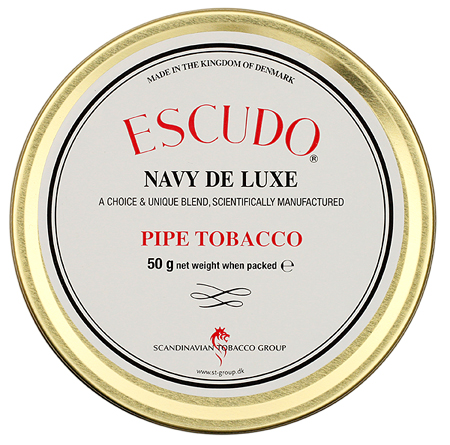- Joined
- Feb 7, 2021
- Messages
- 246
- Reaction score
- 562

Like American Express, I never leave home without it.








Spence,Notchy Bob, you said, "Here is old Hugh Monroe's account of using his glass to light a pipe. It was the first time his Piegan friends had ever seen such a thing, and they were duly impressed:"
I'm not familiar with old Hugh Monroe, haven't found him on the web yet. Can you tell me what date the burning glass incident took place?
Newspapers of the 18th century have numerous ads for burning glasses.
Spence

I put it in an AKLOIDS TIN. my tobacco.in the flopped over part of my voyager wool cap that hangs over to the side, also tobacco with it.
that is sure a great smoking, fire starting kit.! I rely like the set up you have!!!For me a small deer skin bag, one of my first brain tan skins. Photo of my fire kits it’s the small bag on the top kit to the right View attachment 71074
where dud you get the pipe tamper? it looks killer.For me a small deer skin bag, one of my first brain tan skins. Photo of my fire kits it’s the small bag on the top kit to the right View attachment 71074
I always thought that the glass in the tobacco tin was for starting char cloth on fire? makes sense to use it to light your pipe with it. and the tobacco that was carried in it.Notchy Bob, you said, "Here is old Hugh Monroe's account of using his glass to light a pipe. It was the first time his Piegan friends had ever seen such a thing, and they were duly impressed:"
I'm not familiar with old Hugh Monroe, haven't found him on the web yet. Can you tell me what date the burning glass incident took place?
Newspapers of the 18th century have numerous ads for burning glasses.
Spence
brass & tin cases were at one time common pales to carry a clay pipe in to prevent breakage. and the little tit on the bottom of the bowl was to hang onto when the bowl became to hot to hold.A friend once had a tinsmith make him a tin container to protect his clay pipe, It was generally the shape of the pipe and had a hinged door and latch in the front. Pipe slid in thru the door. I think it was based on an original container. If so you should be able to find a reference?
Townsend’swhere dud you get the pipe tamper? it looks killer.
I know what you are describing. I know I have seen one of those pictured somewhere. I'm pretty sure I have also seen a hinged wooden box with a pipe-shaped cutout. However, I've been unable to find either of these in any of the references I have on hand.A friend once had a tinsmith make him a tin container to protect his clay pipe, It was generally the shape of the pipe and had a hinged door and latch in the front. Pipe slid in thru the door. I think it was based on an original container. If so you should be able to find a reference?
For a different flavor try Virginia/Perique blends. They are fragrant, but not cloyingly sweet, and smoke quite cool with little or no tongue bite.Good pipe tobacco is low in nicotine. Higher levels give a biter most flavor agents also add bite. So stay away from cherry or vanilla for a mild smoke.
A plain navel flake keeps well. A black flake is flavored with latikia and add a peppery flavor to your smoke.
A cavandash starts well in a pipe
